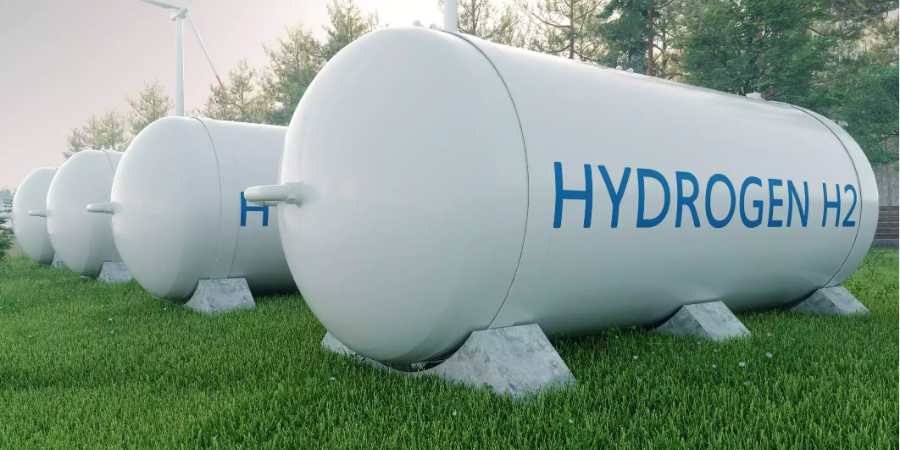India–US Trade Tensions Rise Over Steel and Auto Tariffs NMDC Limited reports a 38% drop in Q4 FY24 consolidated net profit RINL to Raise $23 Million Through Land Sales Amid Crisis

India's recent unveiling of comprehensive guidelines for pilot projects heralds a major stride towards fostering sustainability, specifically in the pivotal shipping and steel sectors. These guidelines, released under the aegis of the National Green Hydrogen Mission by the Ministry of New & Renewable Energy (MNRE) on February 1 and 2, delineate a strategic approach toward the integration of green hydrogen in the two critical industries.
In the shipping sector, the pilot projects are intricately designed to address two key thrust areas. Firstly, there is a focus on retrofitting existing ships to facilitate their transition to operate on green hydrogen and its derivatives. This represents a proactive move to overhaul conventional maritime practices and infuse an eco-friendly element into existing fleets. Secondly, the initiative involves the development of bunkering and refuelling facilities within ports situated along international shipping lanes. This dual-pronged strategy is poised to not only transform the operational dynamics of existing ships but also set the stage for a comprehensive infrastructure network that supports the adoption of green hydrogen in the maritime domain.
The allocated budget of ₹115 cr for these shipping sector projects until the fiscal year 2025-26 underscores the government's commitment to fostering a sustainable shift in the maritime industry. Beyond emissions reduction, this investment aims to catalyse the establishment of critical infrastructure such as refuelling stations and distribution networks, laying the foundation for a robust and sustainable green hydrogen ecosystem in the shipping sector.
Concurrently, in the steel sector, the MNRE, in collaboration with the Ministry of Steel, is orchestrating a phased transition towards green hydrogen integration. The pilot projects in this sector are strategically targeted at specific areas, including the Direct Reduced Ironmaking process, blast furnace operations, and the gradual substitution of fossil fuels with green hydrogen. Recognising the current economic challenges associated with green hydrogen production, the guidelines advocate for a pragmatic approach. Steel plants are encouraged to commence by blending a small percentage of green hydrogen into their processes, with a commitment to progressively increase this blending proportion as technology advances and costs become more favourable. This nuanced strategy not only acknowledges the current economic landscape but also sets the stage for an incremental and sustainable adoption of green hydrogen in the steel sector.
With a budgetary outlay of ₹455 cr until the fiscal year 2029-30, the pilot projects in the steel sector underscore a long-term commitment to transforming the steel industry's carbon footprint. The guidelines emphasise the forward-thinking aspect of designing upcoming steel plants to be inherently compatible with green hydrogen, aligning with the broader vision of India participating actively in future global low-carbon steel markets.
The optimism surrounding these initiatives is substantiated by the expectations of officials from both the Ministry of Ports, Shipping and Waterways and the Ministry of Steel. They anticipate a growing utilisation of green hydrogen in their respective sectors, driven not only by environmental considerations but also by the anticipated reduction in production costs. These pilot projects, therefore, represent a concerted effort by India to chart a sustainable and environmentally conscious trajectory in its industrial landscape. By strategically investing in green hydrogen adoption, India aims not only to meet its environmental goals but also to position itself as a key player in the emerging era of sustainable and low-carbon industries.
Also Read : Crude truth: Why India will have to rely on fossil fuels for longer than expected Identifying the Impact of Red Sea Crisis on Global Commodity Markets